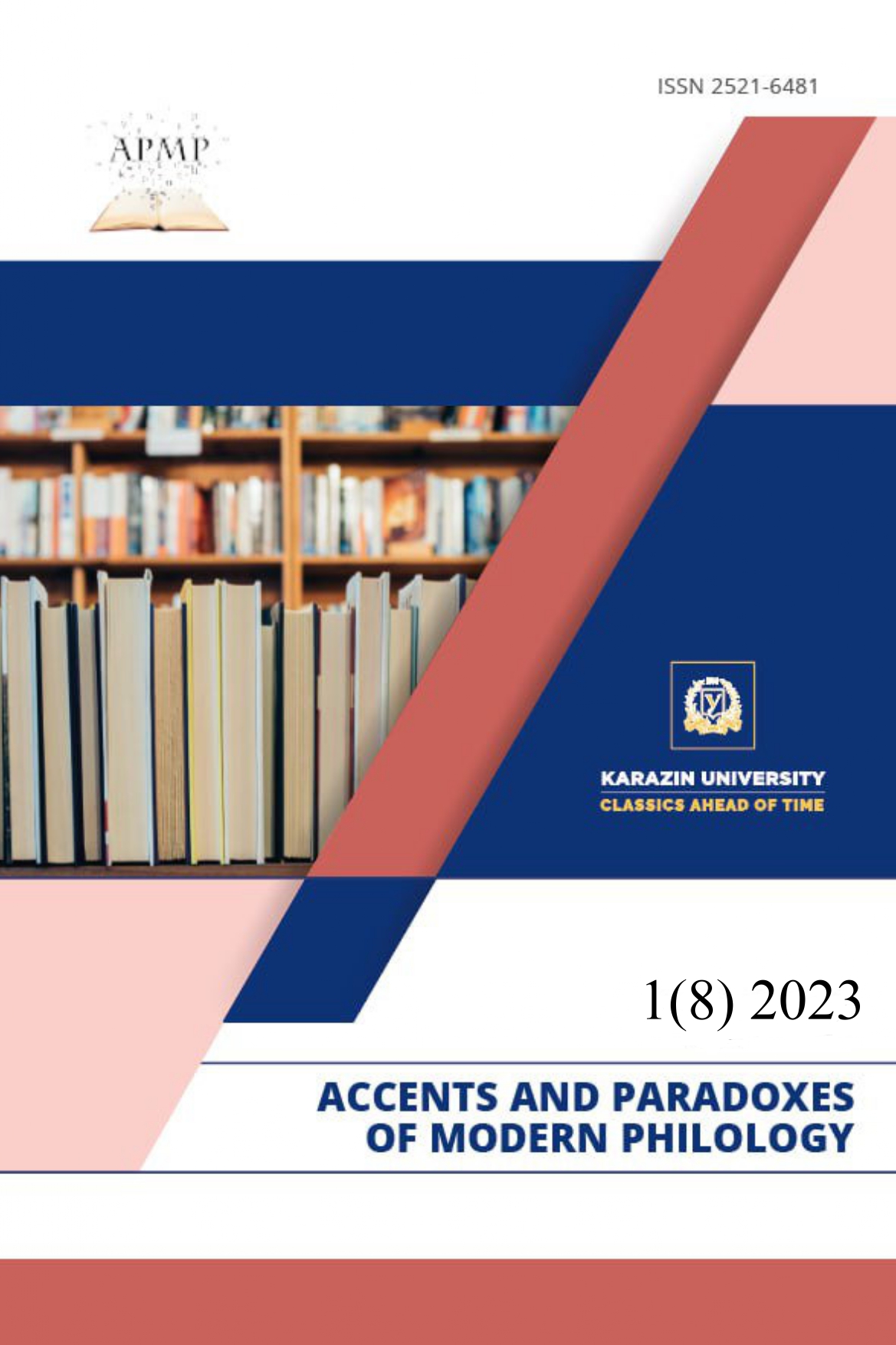THE MYTHOPOETIC STRUCTURE OF SCHMITT'S NOVEL "ULYSSES FROM BAGDAD"
Abstract
The article examines an important stage in the literary work of E.-E. Schmitt, represented by the book "Ulysses from Bagdad» (2008). The author explores the political, socio-cultural
problems and internal conflicts of the immigrant Saad Saad, who suffered from the consequences of the war in his native country. The problems of international assistance to
refugees, closed borders, bureaucracy and hypocrisy of state structures are analysed. The novel is considered postmodern and includes elements of ambiguity, vagueness, blurring of genres and intertextuality. Intertextual connections are revealed in the title of the novel, which refers to the mythological hero Odysseus. The mythopoetic aspect of the novel is
studied separately, analysing Saad's journey from the point of view of a classical literary hero. The author uses J. Campbell's principle of monomyth and A. Van Gennep's classification, which distinguishes three stages: separation, liminality, and rebirth, to examine the development of the protagonist. The article examines Saad's complete journey as a hero and his transformation into a new one - real and vulnerable, living in hope for the future. Unlike Homer's Odysseus, Saad does not return home, but begins his own unique journey.




